rose cuttings failure
ann beck 8a ruralish WA
last year
Featured Answer
Sort by:Oldest
Comments (26)
berrypiez6b
last yearlast modified: last yearrosecanadian
last yearRelated Discussions
WANTED: Cuttings of Buck Roses for cuttings of my roses
Comments (2)Hello, I have buck roses to trade. I am especially looking for cuttings from old garden roses. I will email you a list of my bucks. Thanks, Sue...See Morecutting failure - searching assistance
Comments (1)You should not lose a cutting with roots and leaves established. I would look to a soil being kept too wet. Your soil should be well drained, much of the packaged soiless mixes sold retain too much water. Al...See MoreFailure at Overwintering rose cuttings
Comments (2)What are your basement temperatures? I keep first year cuttings in the basement under lights. It's cool enough down there (+15C)that spider mites aren't a problem, and aphids are fairly easy to control with pyrethrum....See MoreRose apple cuttings for Wax jambu cuttings or Tuberose bulb w pups
Comments (0)Hi I have a huge Rose apple tree (syzygium Jambos) loaded with flowers and I would like to graft it with wax Jambu varieties (ie black pearl, Black diamond, any red). Does anyone have cuttings they can provide? I can exchange for a Tuberose bulb (mother with pups attached, huge 4 inch bulb) or for rose apple cuttings from my tree. I also have dragon fruit cuttings (White flesh, not suer but could be Vietnamese giant variety) Reply here on houzz if you're interested....See MoreBenT (NorCal 9B Sunset 14)
last yearmad_gallica (z5 Eastern NY)
last yearforever_a_newbie_VA8
last yearlast modified: last yearUser
last yearann beck 8a ruralish WA
last yeardianela7analabama
last yearlast modified: last yearSheila z8a Rogue Valley OR
last yearrosecanadian
last yearmad_gallica (z5 Eastern NY)
last yearMeghan (southern VT, 5b)
last yearjerijen
last yearMoses, Pittsburgh, W. PA., zone 5/6, USA
last yearlast modified: last yearberrypiez6b
last yearrosecanadian
last yearberrypiez6b
last yearlast modified: last yearRosefolly
last yearMeg-zone8aOR
last yearstrawchicago z5
last yearlast modified: last yearjacqueline9CA
last yearMeg-zone8aOR
last yearstrawchicago z5
last yearlast modified: last yearcharles kidder
last yearjacqueline9CA
last year
Related Stories

DECORATING GUIDESSpring Style: Fresh-Cut Flowers for Every Room
Graceful, lively or dramatic, fresh flowers make rooms of every shape, size and style that much lovelier
Full Story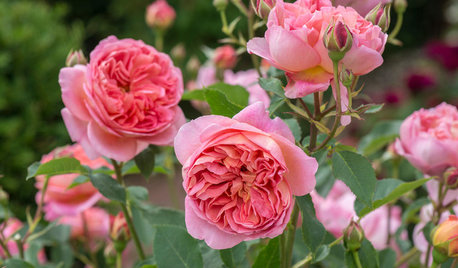
GARDENING GUIDESYou’re Going to Want to Stop and Smell These Roses
See top picks from David Austin’s most fragrant roses in colors ranging from ivory to crimson
Full Story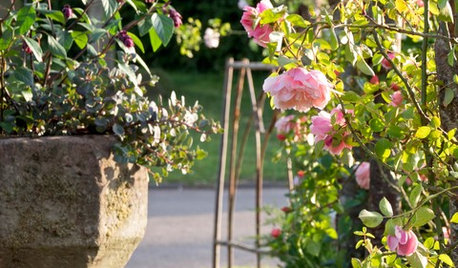
GARDENING GUIDESHow to Deadhead Roses and Other Garden Favorites
Follow this basic guide and learn how to properly deadhead roses and other flowers
Full Story
GARDENING GUIDES6 Captivating Roses for an Alluringly Fragrant Garden
Perfume your garden with aromas from richly spicy to lightly sweet, without sacrificing an inch of color
Full Story
GARDENING GUIDESWhat Kind of Roses Should You Grow?
Want to add the beauty of roses to your garden? Find out which ones, from old-fashioned to modern, are right for you
Full Story
GARDENING GUIDESGreat Design Plant: Knock Out Roses
As glorious as their high-maintenance kin for a fraction of the work, Knock Out roses make even beginners look like garden stars
Full Story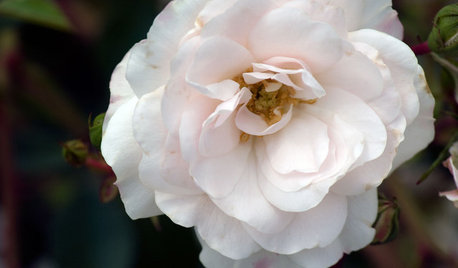
GARDENING GUIDES5 Favorite White Roses for a Purely Beautiful Garden
How does your garden glow? With roses that look like light and smell divine
Full Story
SPRING GARDENINGHow to Grow a Rose Garden in Pots
Everything can come up roses, even without a plot of soil in sight. This step-by-step guide to growing roses in containers shows you how
Full Story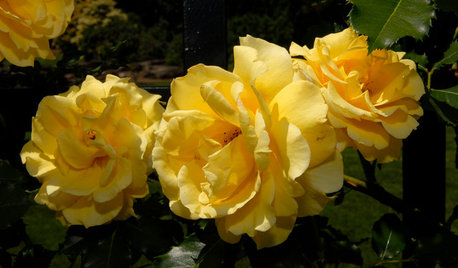
GARDENING GUIDES5 Favorite Yellow Roses for a Joyful Garden
Make 'cheery' the name of your garden game when you order your roses sunny side up
Full Story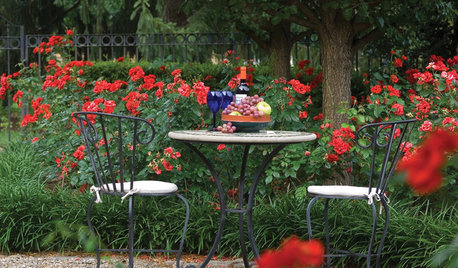
GARDENING GUIDES5 Red Roses to Stir Garden Passions
Show your devotion to color, scent and more with these regal landscape beauties
Full StorySponsored
Professional Remodelers in Franklin County Specializing Kitchen & Bath



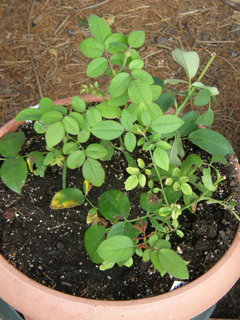

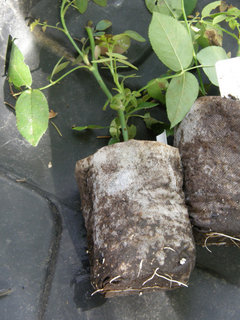
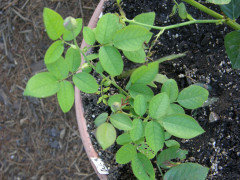





User